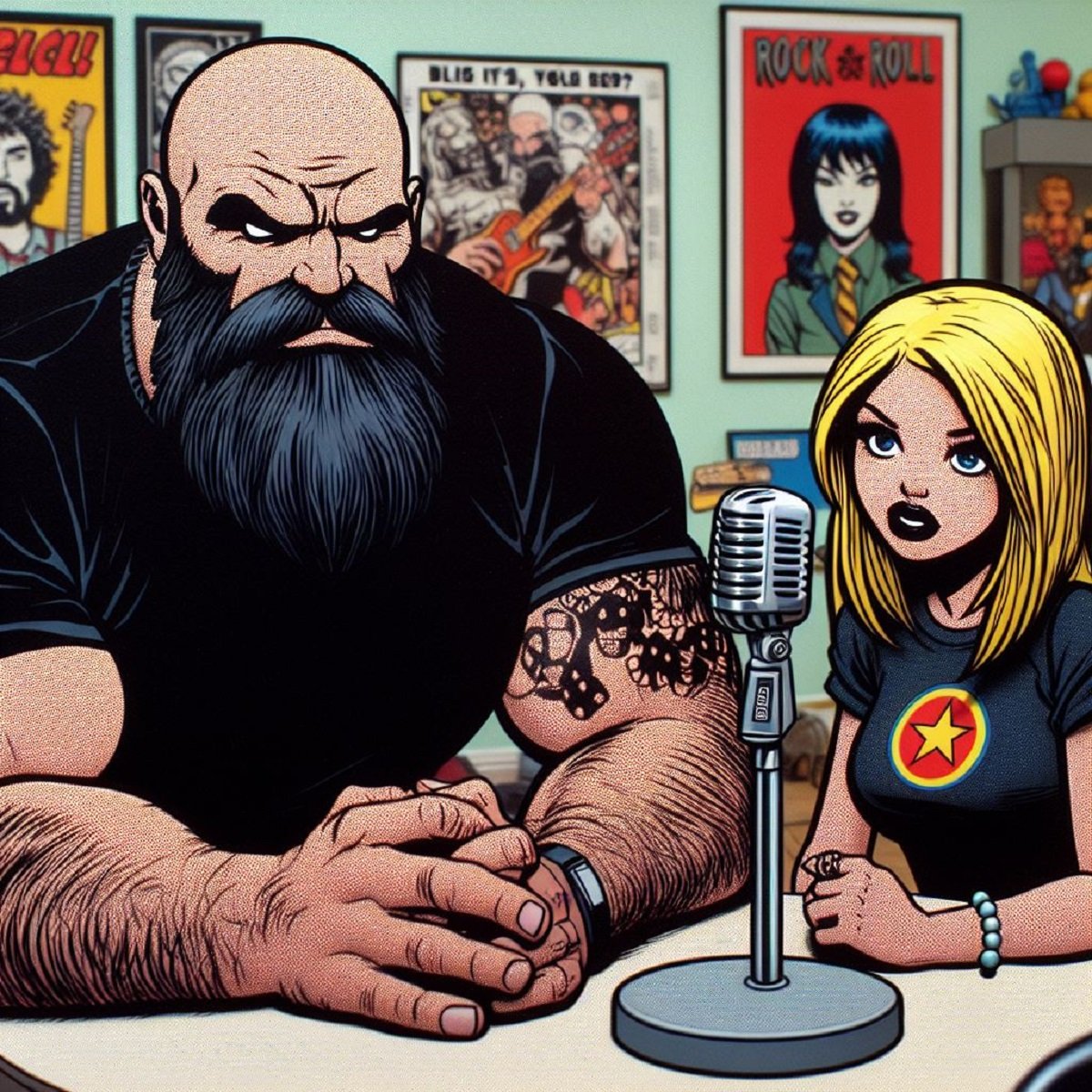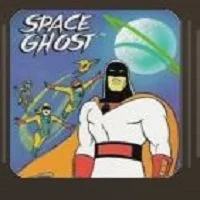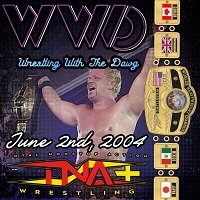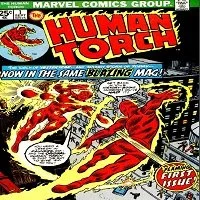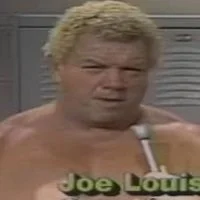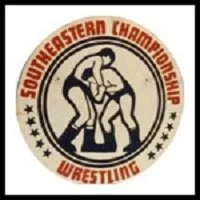Rock Candy Magazine’s Well-Versed Staff Takes Fresh Looks at Hard Rock Legends
By Joseph Perry (@JosephWPerryJWP; tastethemilkofchocula.blogspot.com)
When I was a university student in the early 1980s, I transitioned from the American rock music magazines that I had read in the 1970s like Circus, Creem, and Hit Parader to the more heavy metal-oriented British publications such as Kerrang! and two publications that would begin publication a few years later, Metal Hammer and Raw. As someone who still has a soft spot for print magazines, I was thoroughly thrilled to learn about the new publication Rock Candy, which is written, edited, and published by three journalists who all worked for Kerrang!
For those unfamiliar with that magazine, it was pretty much the bible of heavy metal in the eighties. It was available as an import from the UK at better record stores (yours truly was fortunate enough to work at one during my university years and a bit beyond, so I could snag copies as soon as shipments arrived) and bookstores. Two of those three men also worked on Metal Hammer and Raw. Although that is reason enough to get excited about Rock Candy, let me give you a few more.
Rock Candy is a bimonthly 100-page, full-color print magazine that focuses on classic hard rock and heavy metal. Derek Oliver (founder of Rock Candy Records and former Kerrang! writer) is the owner and publisher, Howard “HoJo” Johnson (former Kerrang! writer and editor for Metal Hammer and Raw) is the magazine’s editor, and Malcolm Dome (formerly involved with Record Mirror, Kerrang!, RAW, Metal Hammer, Classic Rock, Prog, and Metal Forces; author of several books on rock bands; and radio personality) is editor-at-large. These are indeed legendary scribes of the metal faith, and amazingly the credentials don’t stop there, as the rest of the writing staff consists of former Kerrang! writers.
The first three issues are nothing short of outstanding. Some of my favorite articles from the debut issue include Howard Johnson’s “Person of Interest” piece on Doc Neeson, dynamic frontman for Australian rock legends The Angels, who were known as Angel City in the United States. As someone who Doc initiated a slap fight with when I was in the front row for their 1979 gig at San Francisco’s Old Waldorf night club, I have fond memories of this man who would unfortunately go on to have a troubled relationship with the other band members before dying of brain cancer in 2014. Johnson’s thoughtful piece shines the spotlight on a performer who should have been a household name.
Also from that issue is Mark Blake’s feature article on British metal legends Saxon, who survived some rough times involving departing band members and record company pressures in the 1980s to continue recording and performing successfully to this day. Blake talks to current and former band members to get their sides of the stories. Philip Wilding’s interview with Terry Brown about the latter’s experiences producing Rush’s 1978 Hemispheres album is an intriguing behind-the-scenes look at how that record was fashioned. Johnson’s reappraisal of Aerosmith’s Rocks album from a 2017 perspective is a solid approach to looking back with a critical eye, rather than just fondly.
Issue two’s feature article is an insightful piece about Rob Halford’s departure from Judas Priest in 1991, and includes comments from replacement singer Tim “Ripper” Owens and former guitarist KK Downing. Dave Reynolds’ “Overlooked” column takes a look at the mystery of why Angel, one of my favorite hard rock bands, never hit the big time despite having a look, stage presence, and sound that should have rocketed the group to the big time. Howard Johnson offers an incredible article with former UFO (another of my all-time favorite bands) bassist Pete Way giving his opinions on this top-notch British group’s classic album output and his fellow band members. Way has never been one to mince words, and this article is no exception to that rule.
Speaking of Judas Priest, issue three includes a look back at the band’s court appearance that happened as a result of being accused of back-masking subliminal messages about suicide on some of their songs. A look at German legends Scorpions’ career in photos and an article about fellow German rockers Accept are two other stand-out articles in this issue.
Besides the articles that I have mentioned, each issue has loads more interesting material on just about every hard rock or heavy metal act from the seventies and eighties that you can remember — along with some that may have slipped your memory! A couple more reasons that I highly recommend Rock Candy is that it has gorgeous graphic design and layout, and it is also profusely illustrated with fantastic photos of metal merchants back in the day and quite often in the present, as well.
Some hardcore heavy metal fans may have a bit of a quibble that Rock Candy also features articles about non-metal acts such as Journey and REO Speedwagon, but hey, most of us who banged our heads and pumped our fists to New wave of British heavy metal acts, American hard rockers, and similar acts from around the world also had soft spots for the more commercial groups who offered some great riffs and blistering solos along with (and sometimes during) their AM radio hits.
With issue number four due the first week of October — and the magazine’s social media teasing a look at UFO’s The Wild, the Willing, and the Innocent therein — now is a perfect time for readers who haven’t yet discovered Rock Candy to consider giving it a try. You can learn more about the magazine and how to order it at https://www.rockcandymag.com.
Joseph Perry is one of the hosts of When It Was Cool’s exclusive Uphill Both Ways podcast (whenitwascool.com/up-hill-both-ways-podcast/) and Gruesome Magazine’s Decades of Horror: The Classic Era podcast (decadesofhorror.com/category/classicera/).
He also writes for the retro pop culture website That’s Not Current (thatsnotcurrent.com), the Gruesome Magazine horror movie website (gruesomemagazine.com), and several other print and online film critique and pop culture magazines.
If you found this article interesting consider becoming a Patreon supporter. That is how When It Was Cool keeps our website and podcasts online, plus you get lots of bonus content including extra and extended podcasts, articles, digital comics, ebooks, and much more. Check out our Patreon Page to see what's up!
If you don't want to use Patreon but still want to support When It Was Cool then how about a one time $5 PayPal donation? Thank you!
